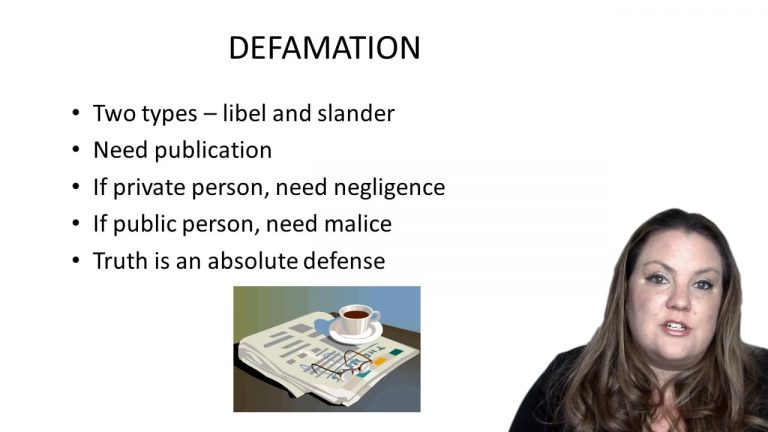Torts Keyed to Epstein
Gertz v. Robert Welch, Inc.

ProfessorMelissa A. Hale
CaseCast™ – "What you need to know"
Facts
The Plaintiff, a reputable attorney, was retained by the Nelson family to bring a civil suit against Richard Nuccio (Nuccio), a policeman who had previously been convicted of second-degree murder for the death of young Nelson. The Defendant published an article entitled “Frame-Up: Richard Nuccio and the War On Police” that purported to show that Nuccio was innocent, that his prosecution was a communist frame-up and that the Plaintiff was an architect of the frame-up. The article also falsely charged that the Plaintiff was a communist and had engaged in communist activities. The editor of the article did not do an independent investigation, but had relied on its author’s extensive research. The Plaintiff filed a libel action and won a jury verdict for $50,000. The court refused to enter judgment on the verdict on the ground that the New York Times standard protects discussion of any public issue without regard to the stature of the person defamed. The decision was affirmed on a ppeal because the Plaintiff failed to show that the Defendant acted with actual malice as defined by New York Times. The Plaintiff appealed.
Only StudyBuddy Pro offers the complete Case Brief Anatomy*
Access the most important case brief elements for optimal case understanding.
*Case Brief Anatomy includes: Brief Prologue, Complete Case Brief, Brief Epilogue
- The Brief Prologue provides necessary case brief introductory information and includes:
Topic:
Identifies the topic of law and where this case fits within your course outline.Parties:
Identifies the cast of characters involved in the case.Procedural Posture & History:
Shares the case history with how lower courts have ruled on the matter.Case Key Terms, Acts, Doctrines, etc.:
A case specific Legal Term Dictionary.Case Doctrines, Acts, Statutes, Amendments and Treatises:
Identifies and Defines Legal Authority used in this case.
- The Case Brief is the complete case summarized and authored in the traditional Law School I.R.A.C. format. The Pro case brief includes:
Brief Facts:
A Synopsis of the Facts of the case.Rule of Law:
Identifies the Legal Principle the Court used in deciding the case.Facts:
What are the factual circumstances that gave rise to the civil or criminal case? What is the relationship of the Parties that are involved in the case.Issue(s):
Lists the Questions of Law that are raised by the Facts of the case.Holding:
Shares the Court's answer to the legal questions raised in the issue.Concurring / Dissenting Opinions:
Includes valuable concurring or dissenting opinions and their key points.Reasoning and Analysis:
Identifies the chain of argument(s) which led the judges to rule as they did.
- The Brief Prologue closes the case brief with important forward-looking discussion and includes:
Policy:
Identifies the Policy if any that has been established by the case.Court Direction:
Shares where the Court went from here for this case.
Topic Resources

 11m 49s
11m 49s